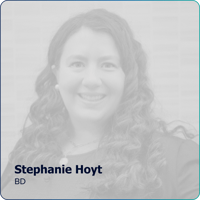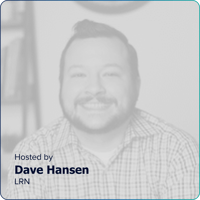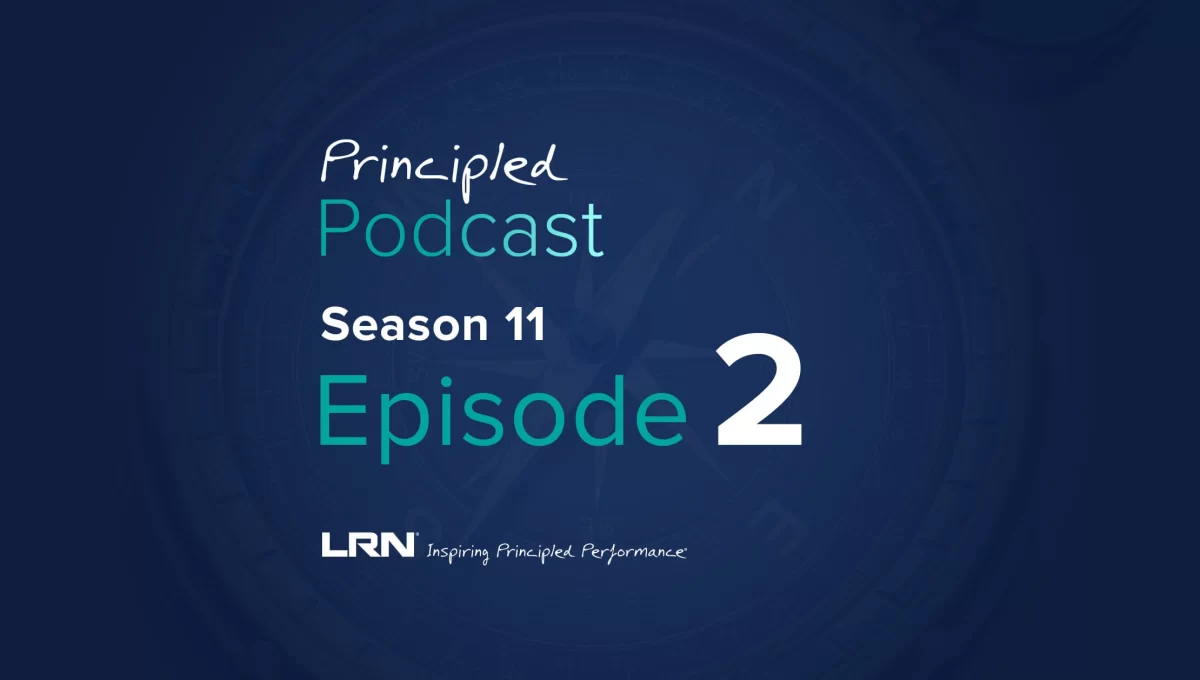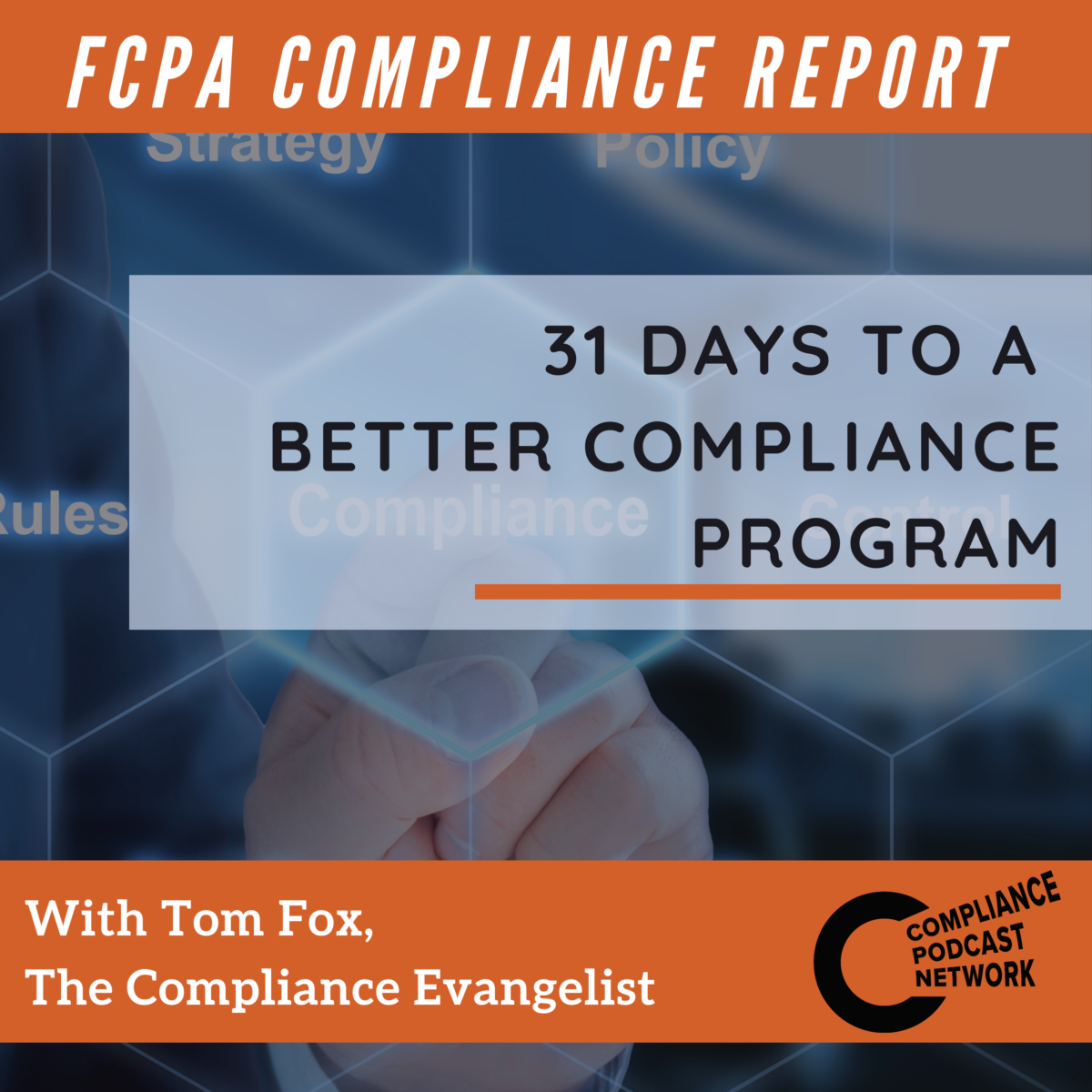What you’ll learn on this podcast episode
As the speed of innovation and regulation continues to accelerate, learner engagement is at an all-time high, especially to help reduce organizational risk. How organizations prioritize communications is a strategy for improving learning and engagement. In this week’s episode of the Principled Podcast, host Dave Hansen, global advocacy marketing director at LRN, discusses developing effective training and communications that move the needle towards engaged learning with Stephanie Hoyt, education and communications manager for enterprise compliance at BD.
Get a copy of the global edition of LRN’s 2024 Ethics & Compliance Program Effectiveness Report.
Guest: Stephanie Hoyt

Stephanie Hoyt is a seasoned ethics and compliance professional at BD, specializing in effective communication and education. With over 5.5 years of experience, she leads initiatives to enhance the company’s training curriculum, communications strategy, and Code of Conduct. Stephanie designs and implements global education curricula, tracks program metrics, and collaborates with senior management and cross-functional teams. She also serves as Communications Chair for African Americans at BD and the Women’s Initiative Network. Stephanie holds a Bachelor’s degree in International Business, Marketing, and Human Resources Management from the University of South Carolina.
Host: Dave Hansen

Dave Hansen is the global advocacy marketing director at LRN, an organization focused on ethics and compliance solutions that help people worldwide do the right thing. His team drives LRN’s customer obsession by building community, deepening customer engagement, and finding meaningful opportunities for collaboration. Dave is passionate about learning, having spent most of his career in higher education or training. He loves sharing customer stories and best practices in the name of continuous improvement. Dave is a proud dad, a coffee enthusiast, a drummer, and a scuba diver. In his spare time, he enjoys cooking and reading.













